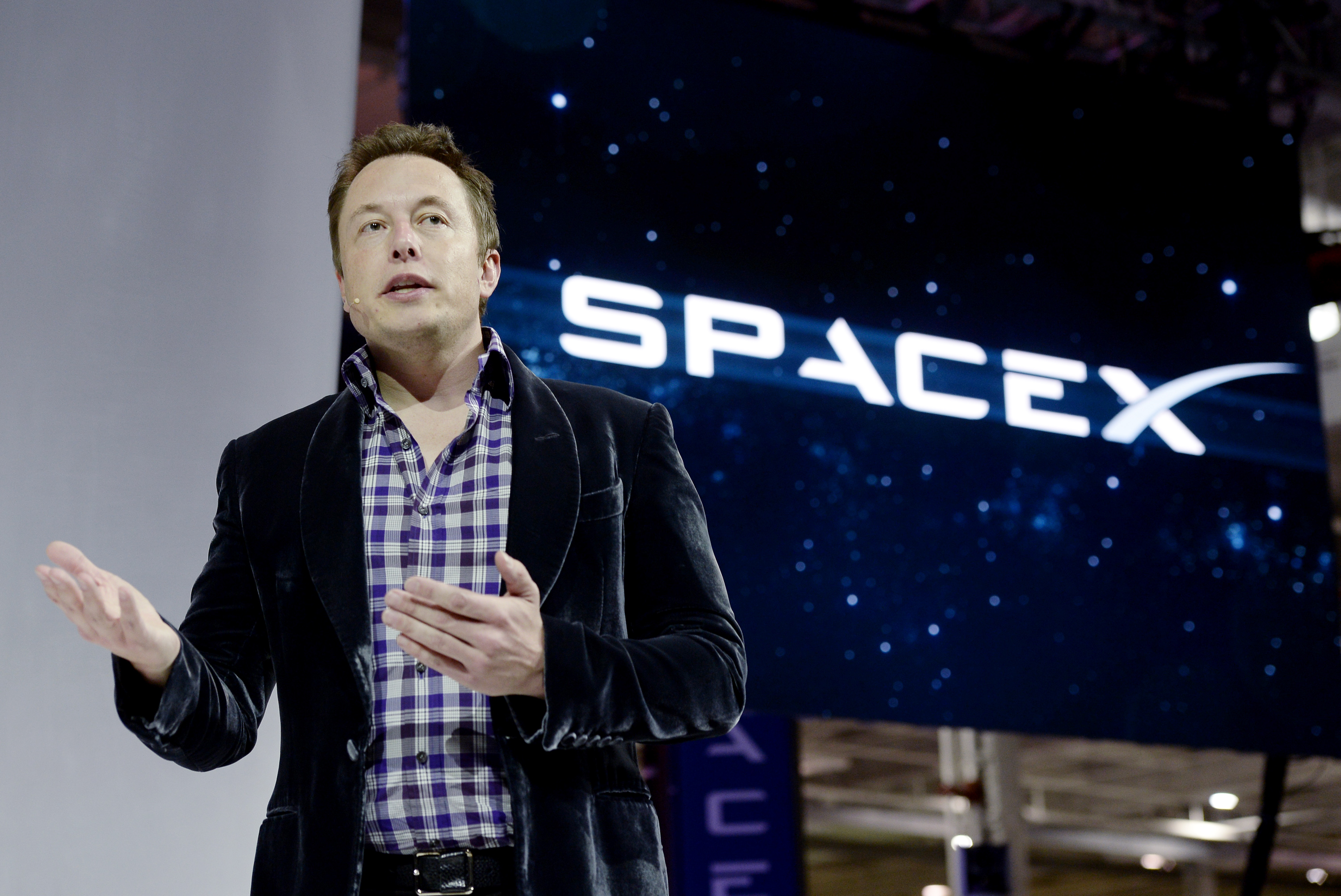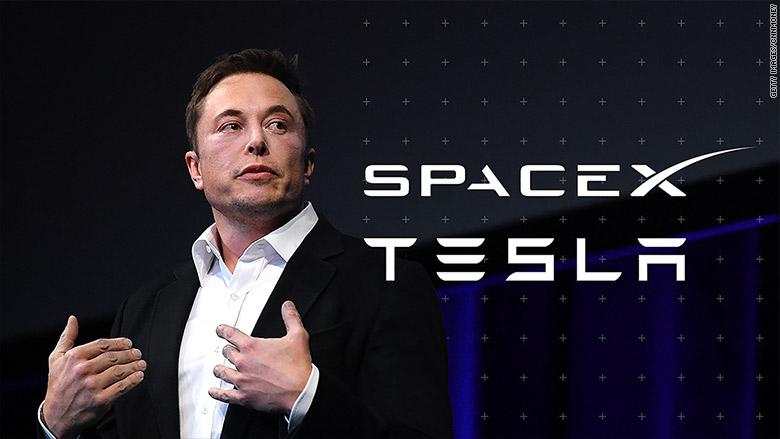In 2001, Musk conceived Mars Oasis, a project to land a miniature experimental greenhouse on Mars, containing food crops growing on Martian regolith, in an attempt to regain public interest in space exploration. In October 2001, Musk travelled to Moscow with Jim Cantrell, and Adeo Ressi, to buy refurbished Dnepr Intercontinental ballistic missiles that could send the envisioned payloads into space. The group met with companies such as NPO Lavochkin and Kosmotras; however, according to Cantrell, Musk was seen as a novice and was consequently spat on by one of the Russian chief designers, and the group returned to the United States empty-handed. In February 2002, the group returned to Russia to look for three ICBMs, bringing along Mike Griffin. Griffin had worked for the CIA's venture capital arm, In-Q-Tel, as well as NASA's Jet Propulsion Laboratory, and was just leaving Orbital Sciences, a maker of satellites and spacecraft.
The group met again with Kosmotras, and were offered one rocket for US$8 million; however, this was seen by Musk as too expensive; Musk consequently stormed out of the meeting. On the flight back from Moscow, Musk realized that he could start a company that could build the affordable rockets he needed. According to early Tesla and SpaceX investor Steve Jurvetson, Musk calculated that the raw materials for building a rocket actually were only 3 percent of the sales price of a rocket at the time. It was concluded that theoretically, by applying vertical integration and the modular approach from software engineering, SpaceX could cut launch price by a factor of ten and still enjoy a 70-percent gross margin. Ultimately, Musk ended up founding SpaceX with the long-term goal of creating a true spacefaring civilization.

 Most of the info was from Wikipedia
Most of the info was from Wikipedia